In The Garden, March 2024

Welcome March! I don’t know about you, but I’m more than ready for spring! While our 2024 winter has been reasonably warm (for Saskatchewan) it still has had its “moments”!
The first day of spring (the vernal equinox) 2024 is March 19. This follows St. Patrick’s Day which celebrates the rebirth of spring and the patron Saint Patrick who brought Christianity to Ireland. Oxalis or Shamrock plants are the national emblem of Ireland. According to legend, a shamrock plant in your home will bring you good luck, abundance and prosperity in the year ahead. Oxalis is a very large genus of flowering plants; 550 to be exact. Their flower colors can be pink, white, yellow or purple. They make a great addition to your indoor plant collection and with proper care live for many years.
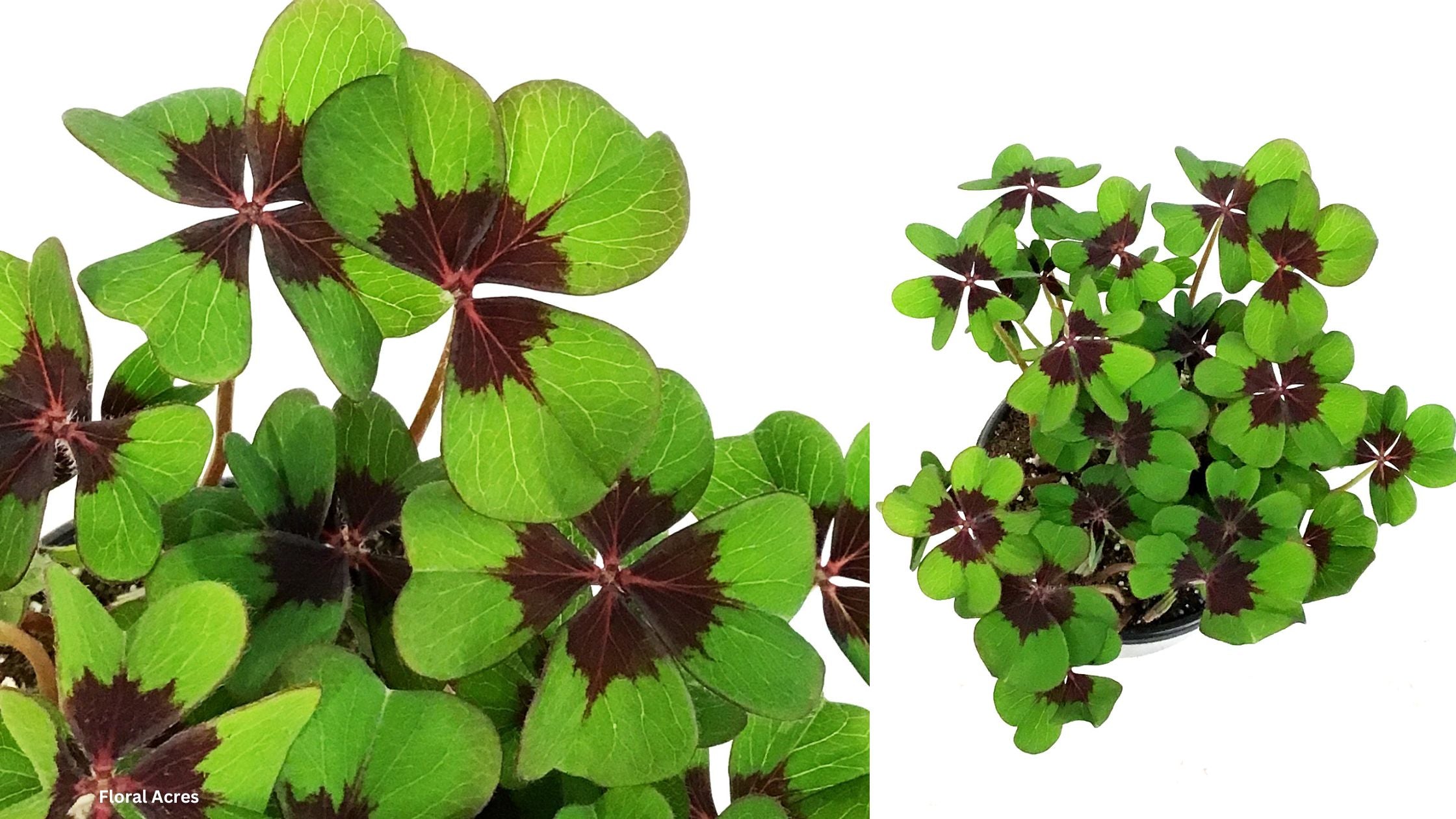
One of my favorite varieties is Oxalis tetraphylla (Oxalis deppei) or the Iron Cross Oxalis. This unique plant has leaves each comprised of 4 green leaflets with distinctive purple markings that resemble a cross. The flowers are a beautiful shade of salmon pink or pure white, held above the leaves and appear intermittently throughout the year. This oxalis likes a bright light location but the papery leaves can be damaged by full sun. At night, the leaves fold down toward the stem and reopen in the morning. At maturity it will reach 15 – 30 cm. with a 15 cm spread. The soil required should be mildly acidic so do add some peat moss to the mix when repotting. Oxalis also like a pot with good drainage as sitting in water will result in root rot. During the growth period, fertilize once a month with a balanced water soluble indoor flowering plant fertilizer.
Oxalis of all varieties are grown from corms (bulbs) and enter dormancy in summer. They need a period of rest (darkness) which can vary with each variety. When you notice the leaves begin to die back, withhold water and fertilizer. Trim back the stems to soil level when all above ground shoots are dead. New shoots will appear when dormancy is broken. Begin to water again.
When the plant is two years or more in age, you can propagate oxalis by gently dividing the corms at repotting time.
Another favorite oxalis is the purple leaved Oxalis triangularis. This is a striking oxalis with dark purple leaves with three leaflets to each leaf. The leaves also fold down at night. This oxalis has pinkish white flowers that are held above the plant.
Oxalis is toxic to humans, dogs, cats and horses. Highly toxic to all pet birds.
March is also the beginning of serious indoor seed starting. In Zone 3 there are many vegetable/flower seeds you can start in March.
At the beginning of March you can seed Cabbage, Tomatoes, Ground Cherries, Kale, Black-Eyed Susan, Snapdragons, Bell Peppers and Eggplant.
Seeds to start indoors around the middle of March are Basil, Broccoli, Cauliflower, Celosia, Asters, Marigolds, Cosmos and Tomatoes.
Cleanliness is the most important factor when starting seeds indoors. Wash trays, containers and tools in a vinegar and water solution. Wear gloves or wash hands often during the seed starting process.
First do not plant too many seeds unless you have a huge garden! Start small and learn as you grow.
Collect all your seed starting supplies. This includes dampened seed starting soilless mix, plug trays, jiffy pellets or peat/coir pots, humidity domes, plastic labels, waterproof markers, a cover for your work area, a full watering can and of course, the seeds!
Heat Mats – Another investment product but worth the money. Heat mats encourage rapid germination of seeds that usually take a long time to germinate.
It is very important to label and record everything you do when starting seeds.
Humidity domes are important as well. Keep the domes on until germination occurs, lifting them off the trays every few days to allow air to circulate through. Keep the soil medium damp – do not overwater.
Do not fertilize newly germinated seeds. The food needed to begin a seed’s life is in the seed itself. Begin to fertilize new seedlings when they reach 5 cm tall. Use a balanced water-soluble fertilizer beginning at quarter strength applications every week. If you are potting up once or twice, do let them settle into the new pot for a week and begin to fertilize with half strength applications weekly. If the new soil already contains fertilizer, do not add more. Slow release fertilizer can be applied at time of planting outside.
It is always a great idea to invest in some auxilary lighting. Full spectrum LED grow lights use less energy than fluorescents and help to create strong upper plant growth and roots. Leaves and plants remain compact and do not stretch. If you want to hang your LED’s use a four or five shelf wire shelving rack. Add some wheels! Position the light 8-12 cm above the humidity dome. As the seedlings grow move the lights up as well.
When you are purchasing your seeds at Floral Acres, no doubt you will see small packets of garden inoculant. Many new gardeners often ask, “What is garden inoculant?” Inoculant is a fine bacteria dust applied to legumes (peas, beans and sweetpeas) at time of planting.
This dust encourages legumes to produce nitrogen fixing nodules on their roots. These nodules gather nitrogen from the air and the soil. They give the plants a definite boost for growth and production. Be aware that each package has a best before date as it is living bacteria. Use fresh inoculant every year. If you have too much, just work it into the soil at planting time.
If you are a fan of early spring color in the tree, shrub and perennial department you can also use the month of March to research many spring bloomers that will grow well in our Zone 3 climate.

Forsythia ovata ‘Northern Gold’ – Northern Gold is the most reliable Forsythia for our climate. It has a mass of bright yellow flowers in very early spring that last about 10-14 days. This shrub can grow quite large with a mature height of 1.8 m -2.4 m and spread of 1.5 m – 2.10 m and is non-suckering. The fall leaf color is a dark purple. Forsythia blooms on old wood so prune only after it has finished flowering. If you have a large shrub you can bring a few branches inside in late winter, put them in water and enjoy the show!
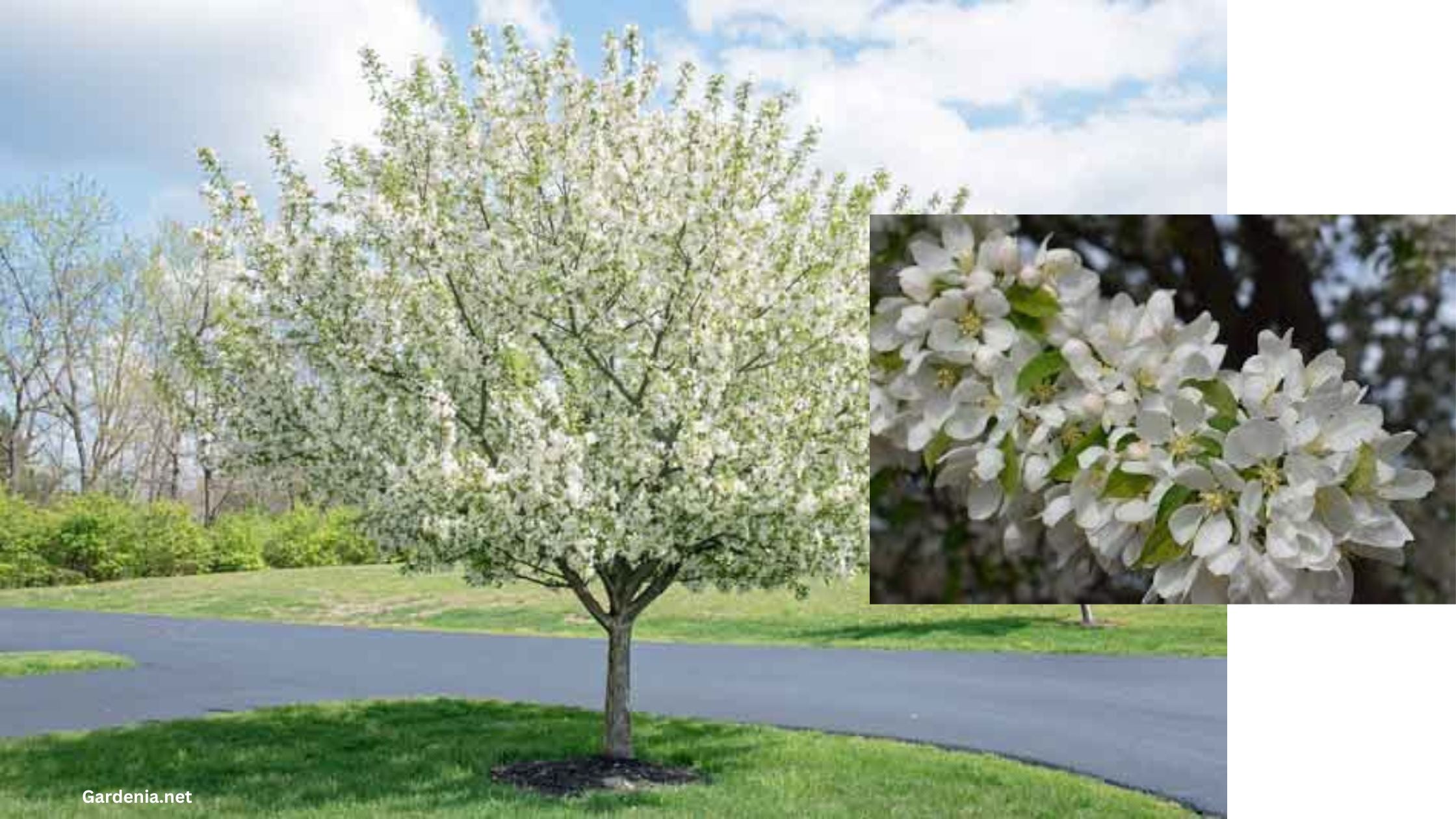
Malus ‘Spring Snow’ Ornamental Crab – If you love white flowers, this is your tree! In early spring this ornamental crab is a mass of pink buds that bloom into fragrant white flowers. Another big plus is that the flowers are sterile so it does not produce fruit. If needed, prune in late winter. This beautiful tree is rust, mildew and deer resistant. Yellow fall color. Height: 6 m Spread: 4.5 m
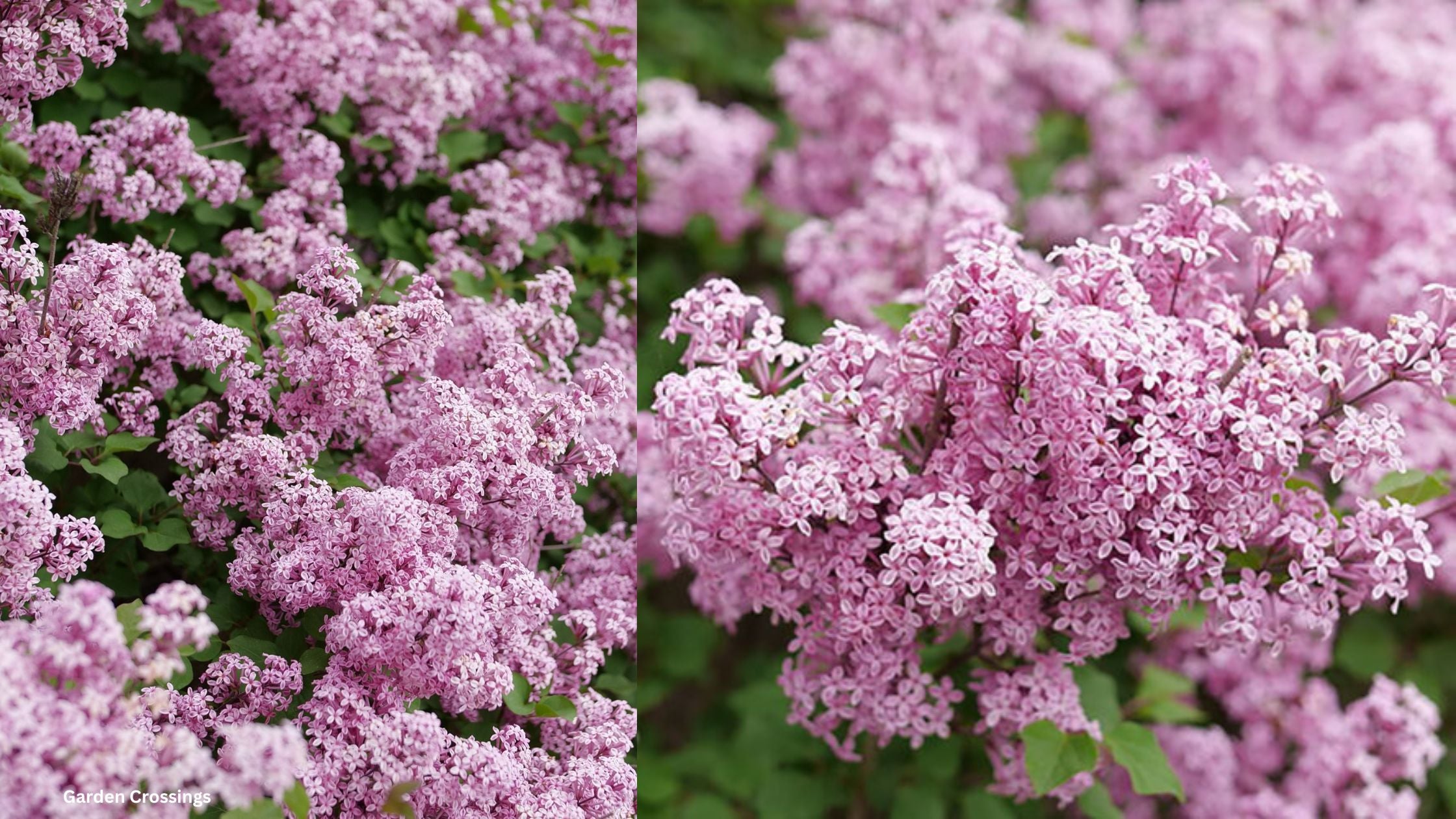
Bloomerang Purpink Lilac - Syringa Bloomerang Purpink
This is a 2024 introduction from Proven Winners and is a fragrant purple-pink re-blooming lilac. It is a perfect size for hedges and mass plantings, with a mature height of 90 cm – 1.5m and a spread of 60 cm – 90 cm. This shrub should be planted in full sun, in a well-drained location. Fertilize in spring and early summer with a balanced flowering shrub fertilizer. Bloomerang Purpink is a prolific bloomer, intermittently flowering all season long.
Prune immediately after spring bloom. Pruning should only involve cutting off spent seed heads, heading back any crossed and broken branches and when young, pruning back branch tips a bit to encourage bushiness. Never cut back in fall, winter or very early spring. The fall leaf color ranges from light to a brilliant yellow.
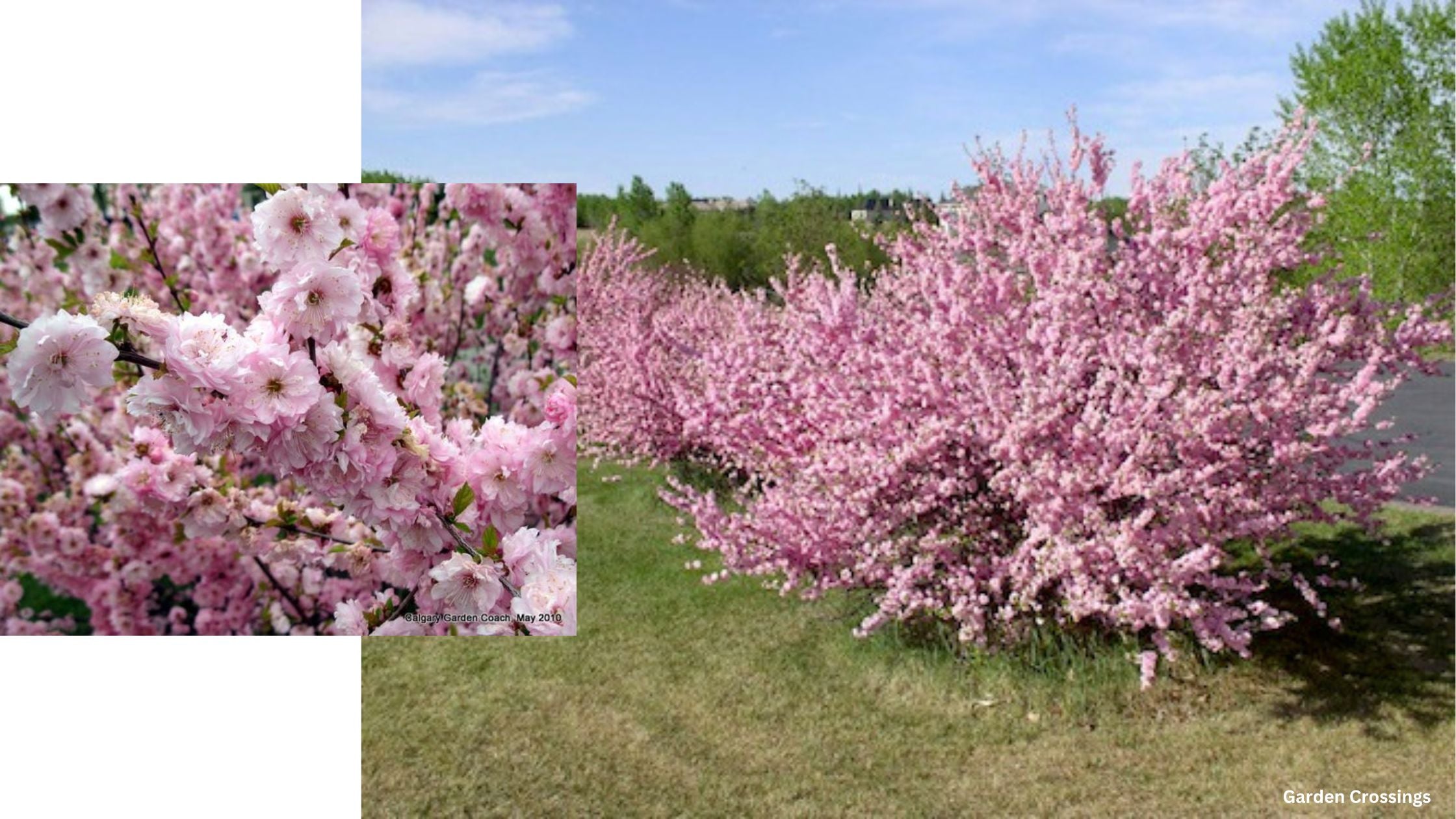
Double Flowering Plum (Prunus triloba ‘Multiplex”) This shrub is an early spring bloomer with fragrant pink double flowers travelling up and down the stems. It is rated a Zone 2b so is extremely hardy. Fruitless. Plant in full sun. Dark green serrated leaves turn to beautiful hues of pinks, yellows and light oranges in fall. Prune immediately after flowering. Pruning at any other time of the growing season only removes next years’ flowers.

Perennial Creeping Phlox - (Phlox subulata) This perennial groundcover is a carpet of color in early spring. Intense Pink, red, white or purple blooms smother the plant. Creeping Phlox looks especially impressive grouped in odd numbers in a rock garden or spilling over a rock wall. After flowering the needle-like leaves remain and form a soft mat. A rapid grower, Moss Phlox will reach a mature height of 15-30 cm with a 30 – 60 cm spread. It likes rich soil with good drainage.
The National Resources Canada is reassessing Canada’s Plant Hardiness Zone Maps. They have not been assessed since 2014 and any change is due mainly to climate change. If there is a change at all, it will be minor and mostly affecting the Eastern and Northern areas of Canada. As of this writing they have not indicated a release date for this information.
When determining hardiness zones, the NRC takes into account seven factors.
The seven criteria are elevation, average temperature in the warmest and coldest month, total rainfall June to November, length of the frost free period, maximum wind gust and maximum snow depth. This data from 2023 will be included in and averaged out with previous data taken over a 30 year span.
For more information on this topic, go to planthardiness.gc.ca
Days to Maturity
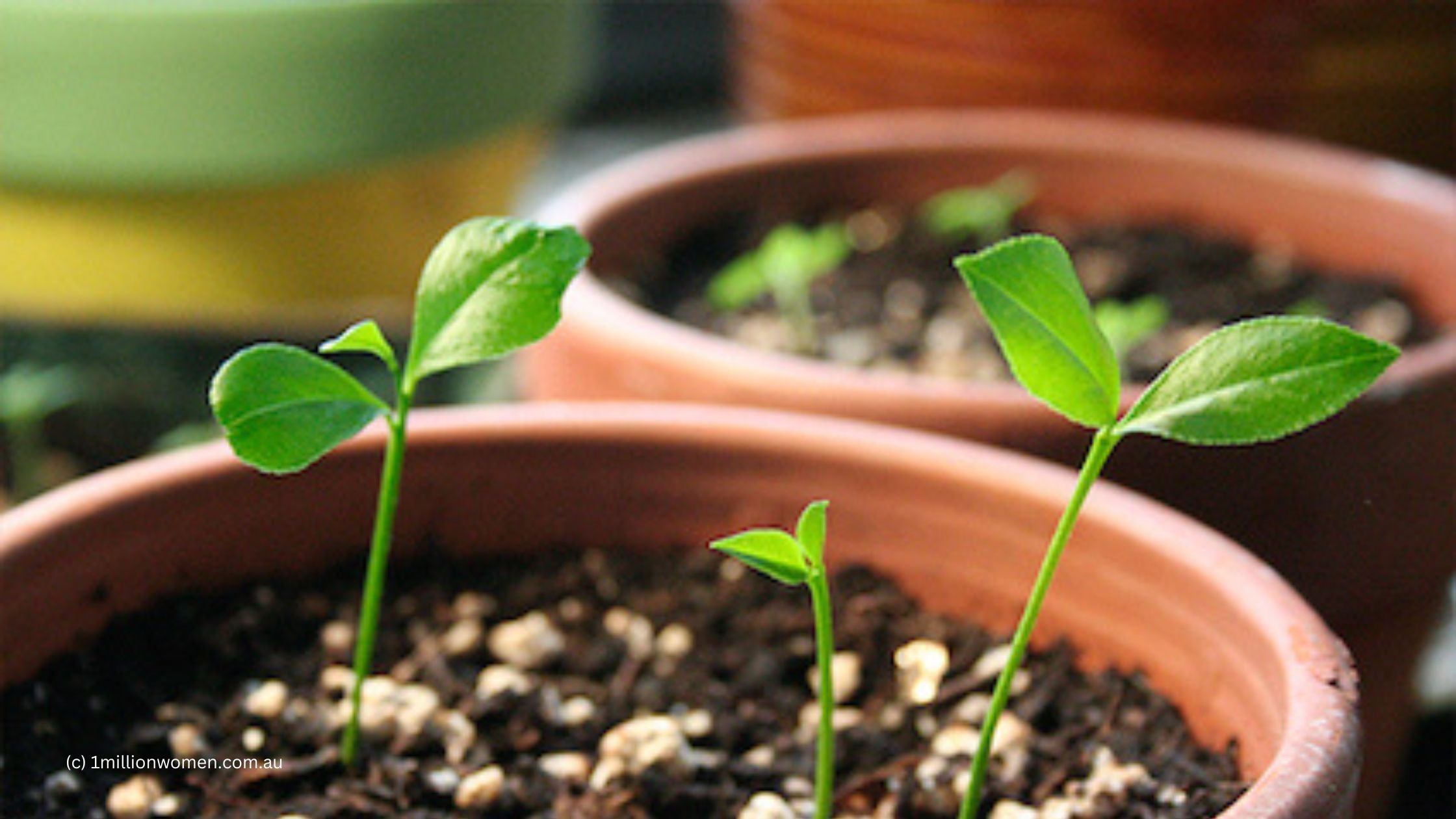
This has always been a source of frustration when trying to define what this phrase means. It really is only a guide. As I understand it – it starts when a seedling started indoors is planted in the ground or the container outside. If you are planting the seed directly into the ground, it begins at time of planting.
For vegetables/fruits, many people say it is the when the first fruits or vegetables begin to form while others say it is the time the first harvest occurs.
